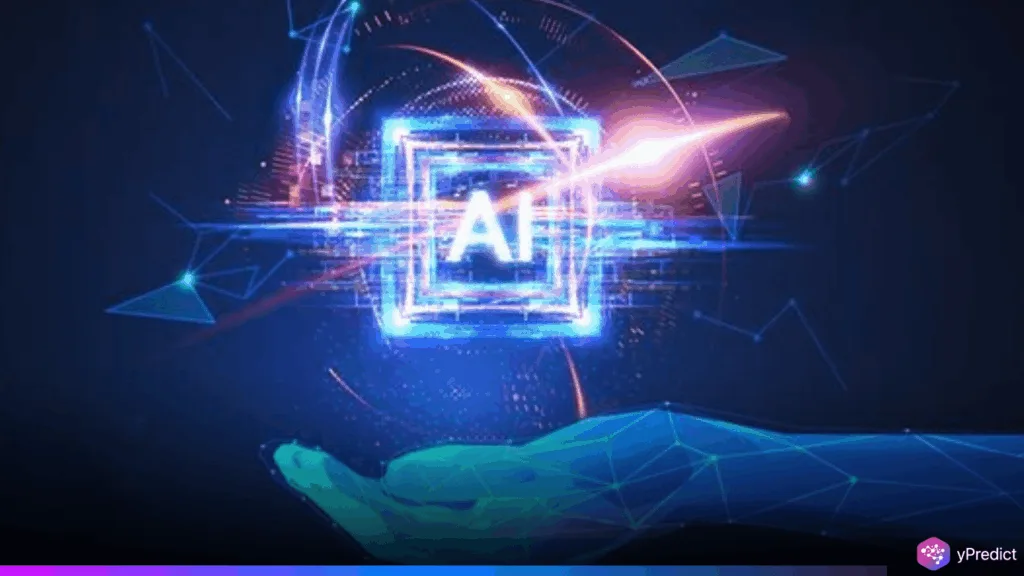
Betting on the future of AI is more exciting and risky than ever. Investors are racing to fund growth-stage AI startups that show explosive potential. Additionally, many of these startups lack strong tech infrastructure, despite some of them achieving $1 billion valuations in under a year.
At TechCrunch AI Sessions, CapitalG partner Jill Chase discussed this conundrum. He said it’s exciting but uncertain to invest in such startups. Startups like Cursor are making headlines. However, as Chase points out, staying relevant in this rapidly changing field is necessary.
How Fast Should Growth-Stage AI Startups Grow?
The rise of growth-stage AI startups has changed how investors define maturity. In past years, startups took years to reach meaningful revenue. Today, AI startups can show tens of millions in annual recurring revenue (ARR) within 12 months. Therefore, billion-dollar valuations, which were formerly thought to be an indication of a well-developed business, come along with that growth.
However, most of these new AI players haven’t built the foundational tech infrastructure to match their growth. Due to inexperienced executive teams, hiring is frequently hurried. Furthermore, their advantage could be swiftly lost due to competition from industry titans like Google and OpenAI. This mismatch between valuation and readiness makes AI investment a much more nuanced decision.
Growth-Stage AI Startups Face a Harsh Reality
Jill Chase calls this the most confusing time for AI investment. There is a chance that an investor will support a $1 billion startup today only to watch a better one appear the next day. Innovation in this field is advancing at a rapid pace, which presents both opportunities and risks. Chase noted the risk of betting big on a startup without knowing what’s being built “in a garage” that could soon outpace it.
Cursor, an AI coding startup, is a good example of this conflict. It achieved rapid success by efficiently generating code through AI. However, that is no longer sufficient. According to Chase, as AI tools advance, the product must change to remain relevant. To stay ahead of AI-driven software engineers, the startup must reconsider its features and organizational design.
Founders need to demonstrate their flexibility. This entails forecasting the market’s future direction in addition to observing its current state. Chase suggests that investors assess whether the founder has vision and can act quickly. Therefore, founders who don’t do this risk losing their competitive edge quickly in the new world of growth-stage AI startups. In six months, what works now might not work.
Can Today’s AI Tools Compete With Tomorrow’s
The next phase of AI investment depends on how well startups prepare for future shifts. High revenue and valuation aren’t enough anymore. As a result, investors are now seeking robust tech infrastructure, long-term planning, and pressure-resistant resilience.
Cursor’s ability to adapt to growing competition will determine its future. As Chase pointed out, some coding jobs might be replaced by AI by the end of the year. For Cursor, this implies that its features may soon become obsolete. It will remain relevant only if it transforms quickly to incorporate stronger, more recent models.
Why AI Startups Need Long-Term Thinking?
The stakes are elevated. Growth-stage AI startups have high returns, which attract investors, but they also carry high risks. Therefore, these businesses might not be able to survive without a strong IT infrastructure and forward-thinking leadership. In a world where innovation happens instantly, the key to success is being able to predict change and respond quickly.





